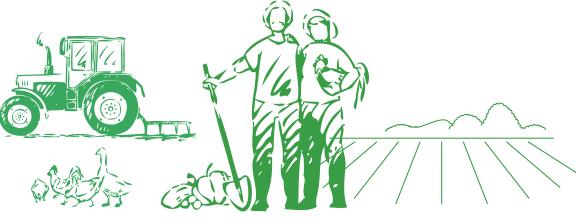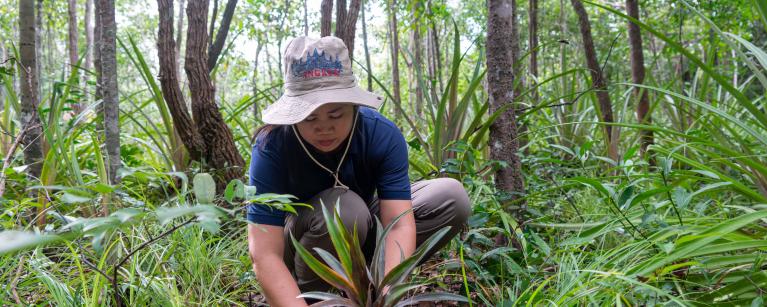Context
Cambodia is one of the most climate-vulnerable countries in the world. As a least developed, agrarian country, Cambodia’s vulnerability to climate change is mainly due to its geography, high reliance on the agriculture sector, and low adaptive capacity, including limited financial, technical, and human resources. Over the past decade, Cambodia has witnessed more frequent and severe floods, droughts and windstorms which pose serious challenges to socio-economic development. During this period, the country’s CO2 emissions rose from 0.284 metric tons per capita to 0.687. It is vulnerable to almost every hydrometeorological event from floods, storms and tropical cyclones to droughts and is classified as a High Risk (19) on the global Climate Risk Index.
As a predominately low-lying flood plain country, Cambodia is vulnerable to localised climatic changes but also the cumulative impact of upstream changes that manifest in increasingly variable flows of the Mekong. While annual flood pulses drive agricultural and ecological productivity (including fisheries) extreme changes in flood regimes (levels and timing) can have a devastating impact on livelihoods and food security.
Approaches
Climate Resilience for All (CREFA) is a yearlong project led by Oxfam in Cambodia. It involves a consortium of nine organizations specializing in climate-smart agriculture, renewable energy, climate resilience, and policy dialogue. CREFA aims to reduce vulnerability to climate change among Cambodians through targeted activities. It adopts a twin track approach of policy dialogue and capacity building to enhance capabilities for mitigation, adaptation, and sustainable development.
- Policy Dialogue
- Multi-stakeholder engagement and dialogues
- Private sector engagement
- Capacity development and institutional building, rights base approaches and gender mainstreaming
Objective

CREFA will increase the resilience of Cambodian systems and individuals to transform the risks of climate change into opportunities for sustainable development through effective and efficient adaptation and mitigation responses.
Outcomes
The project is expected to achieve the following outcomes:
- Royal Government of Cambodia has strengthened its commitments to and capacity to respond to [adapt and mitigate] climate change.
- Private Sector actors are more involved in implementing public-private sector solutions for climate change adaptation and mitigation.
- Local communities are better able to transform the risks of climate change into development opportunities.
Coverage
The project expects to engage a wide range of stakeholders from government agencies at national and subnational levels, local authorities, banks, financial institutions and communities in Tonle Sap Biosphere Region and North-eastern Cambodia (Battambang, Siem Reap, Banteay Meanchey, Oddar Meanchey, and Preah Vihear).

The Project aims to directly engage with a total of 16,335 individuals belonging to various groups, including the representatives from Ministry of Environment and Ministry of Agriculture Forestry and Fisheries, banks and financial institutions, small-scale farmers, CSO members, community forestry, protected area, fishery members, indigenous, and young people.

